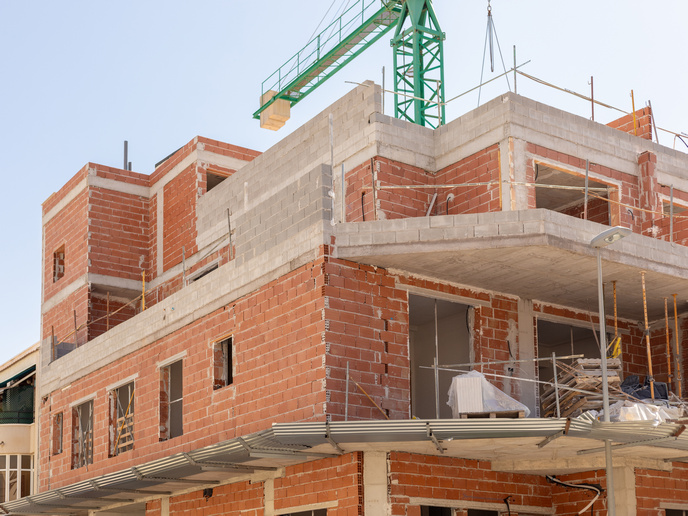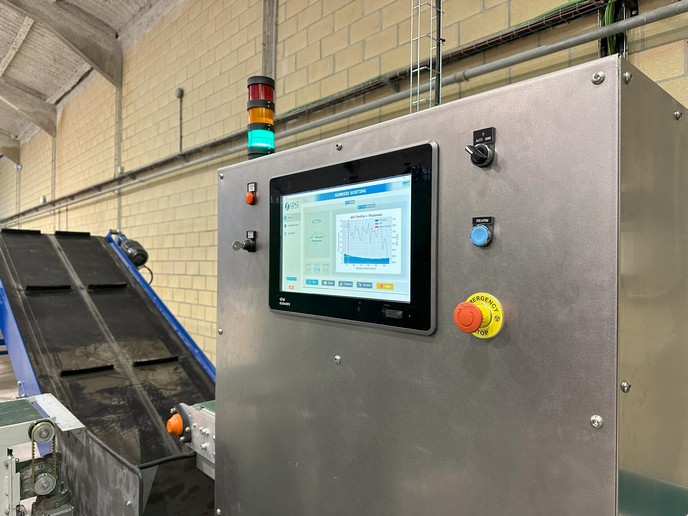Efficient methods to reclaim valuable materials from old buildings
Construction, renovation and demolition waste is a major and bulky waste stream in the EU 27, generating 374 million tonnes annually, excluding excavation waste. Although recovery rates are relatively high, they mainly depend on backfilling and low-quality recycling. A lack of competitive pricing and trust in the quality of secondary materials further hampers effective recycling efforts. The traditional design of buildings, which often overlooks ease of disassembly, reusability and recycling of materials, is a key barrier to adopting circular economy principles in construction. Overcoming these challenges requires a comprehensive approach, including shifts in design philosophy, technological advancements, updated regulatory frameworks and economic incentives to steer the building industry towards a more circular model. The EU-funded ICEBERG project has been established to revolutionise how end-of-life building materials are used, by overcoming the main barriers hindering the circular economy in the building sector. “Our primary goal has been to develop and demonstrate innovative, cost-effective solutions for enhancing the recovery of secondary building materials throughout the entire value chain,” notes project coordinator David Garcia Estevez. “This spans from end-of-life building materials to the production of new building products designed for circularity and resource efficiency, featuring 30 % to 100 % high-purity recycled content.”
Smart tools and recovery technologies for sustainable building practices
ICEBERG has pioneered a suite of integrated smart solutions designed to transform circular reverse logistics. First, an enhanced building information modelling (BIM)-aided smart demolition tool was developed for planning, quantifying waste streams and assessing the environmental and economic impacts of renovation and demolition projects. Second, a blockchain-based platform was implemented to ensure traceability of end-of-life building materials. Finally, researchers employed a radio-frequency identification and QR code system for precise identification and authentication. In terms of material recovery technologies, ICEBERG developed advanced methods such as hyperspectral imaging combined with machine-learning software to boost the efficiency of automatic sorting in mixed waste fractions. Other innovations included an optimised system for crushing, sorting and cleaning materials, alongside fast pyrolysis and purification for wood waste. Furthermore, it generated a process combining purification and solvolysis for polymeric insulating foams, and advanced hydrothermal and supercritical processing techniques for glass and silica-containing waste.
Transforming building materials with high recycled content
ICEBERG introduced circular design solutions to improve the circularity of end-of-life building materials and develop innovative building products with high recycled content. These included eco-hybrid cement, which comprised recycled glass, brick, concrete and gypsum. The project also created precast concrete elements that feature reversible connections, alongside ultra-lightweight foam and woodchip concrete panels. Another innovation was the demountable hollow-core blocks that used Carbstone technology. Circular ceramic tiles were developed with 70 % recycled content, while a resin derived from bio-oil was also produced. Furthermore, flexible woodchip panels and plasterboards containing 35 % recycled gypsum were produced. ICEBERG showcased its developments in real-world settings through six case studies conducted across Europe and Turkey. Real-time data from these demonstrations was used to evaluate the economic and environmental impacts of the newly developed solutions. “ICEBERG supported building refurbishment and demolition with smart tools like BIM and cloud traceability. It showcased technologies for automatic waste sorting and high-quality recycling, alongside new circular building products with eco-design features,” highlights Garcia Estevez. “Improved purification and recycling methods delivered superior secondary raw materials. However, some ICEBERG products, even with a higher degree of circularity and lower virgin material content, may be even more expensive compared to currently available market solutions owing to economic conditions.”
Keywords
ICEBERG, recycling, end-of-life building materials, circular economy, sorting, concrete, BIM, building information modelling







